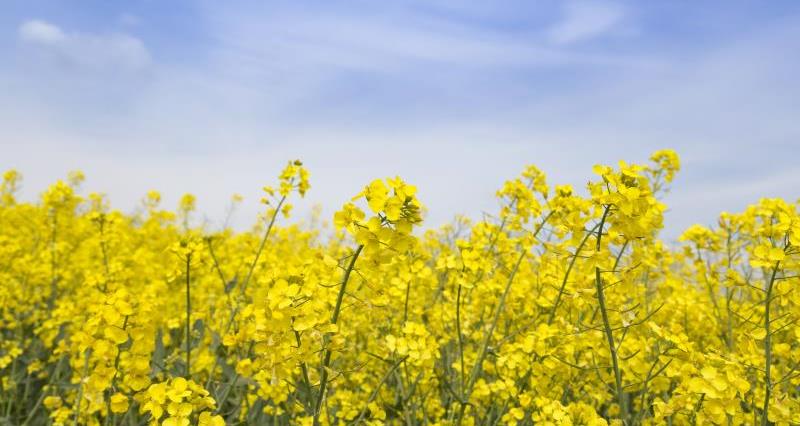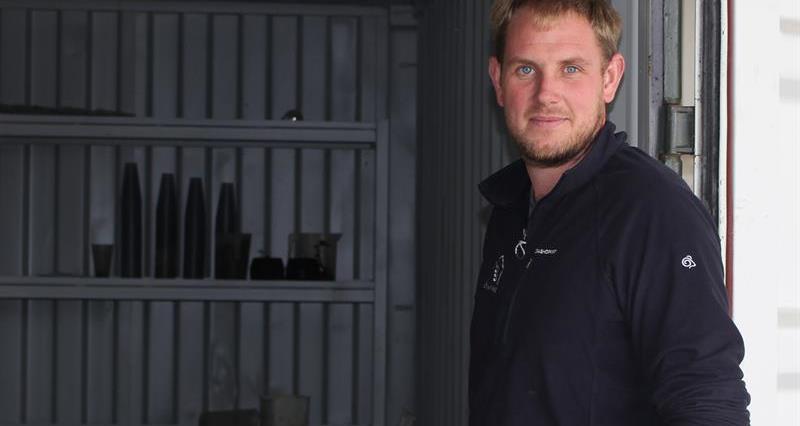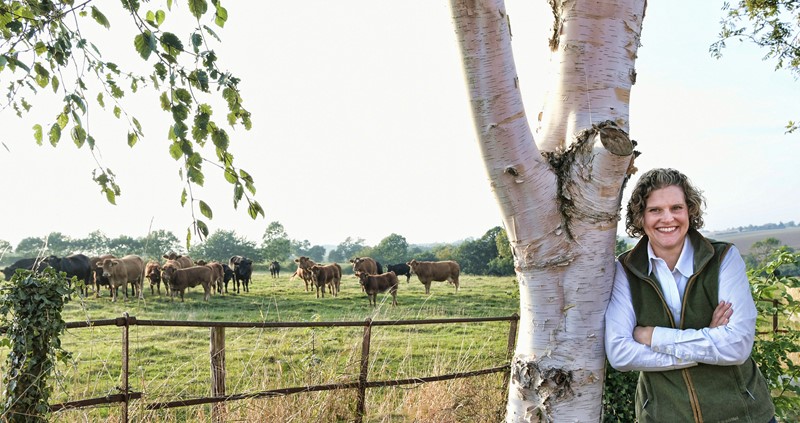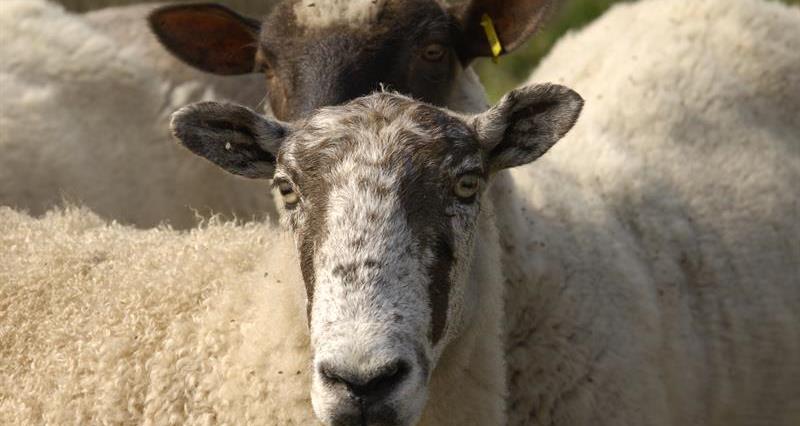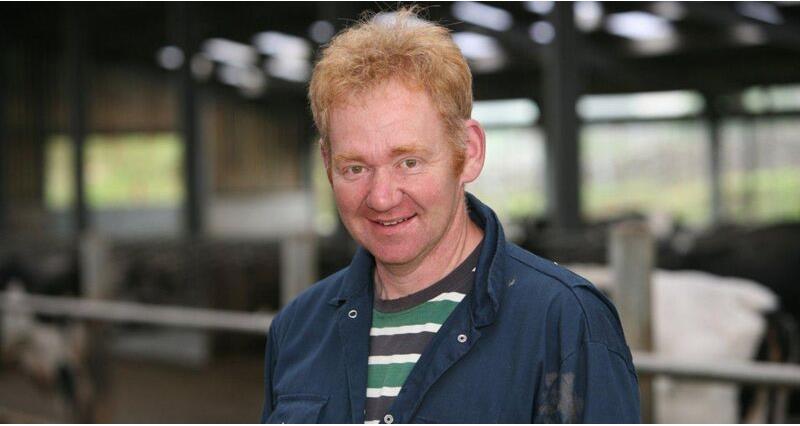The dairy herd left Hazlecote Farm in 1977, with the beef cattle going four years later.
For the next 15 to 20 years, the arable crops were living off the inherent soil fertility, supplemented by the use of inorganic fertilisers.
In the early 2000s we started to remedy the situation when we developed a muck-for-straw deal with our neighbour, who had already increased his P and K levels on his own farm to the point that it was no longer sensible to keep applying to his land. Unfortunately, when our neighbour decided to retire from active farming, we couldn’t strike a new deal with the tenant that took over the land and we were back to no organic matter being applied to our arable ground.
Trials and challenges
We did a cover crop trial as a demonstration, for the Molson Coors Growers Group that we are part of, with the four different covers grazed off by a local sheep flock before our spring barley crop, but again this didn’t develop into a long-term project for a number of reasons.
Growing malting barley and milling oats has limited our ability to include the use of sewage sludge (biosolids) on the fields despite it being readily available in our area, which is a further frustration in our attempts to introduce organic matter into our system.
An eye on the SFI
Looking at the SFI (Sustainable Farming Incentive) arable options, the need to add organic material to 25% of fields annually was the impetus behind me contacting all the local farmers that have straw from us after last harvest. If we could find some of them that were prepared to strike a muck-for-straw arrangement, I could still fulfil their straw requirements. The alternative would be for us to chop and incorporate straw on a larger area of our farm to fit the SFI requirements. These conversations have been fruitful and we are now starting to see farmyard manure being delivered.
The huge increase in fertiliser prices has further concentrated the mind as to the value of the P and K that can leave the farm in the form of straw, as well as the value of those same nutrients that can be imported in the form of manures. The discussions will continue as to where we can find further deals that will benefit both parties.
Solid foundations for the future
Obviously, we have considered some of the other ways that we can introduce organic matter into our system and will continue to be open to opportunities that arise. They do have to fit the farm soils, cultivation and drilling set-up so that they are beneficial. With organic matter levels ranging from 5.7 - 7.2 (Dumas test), we have something we can build on to ensure our soils are resilient to the demands of future crop production within any climatic challenges that lie ahead.
More from our nutrient cycling series
